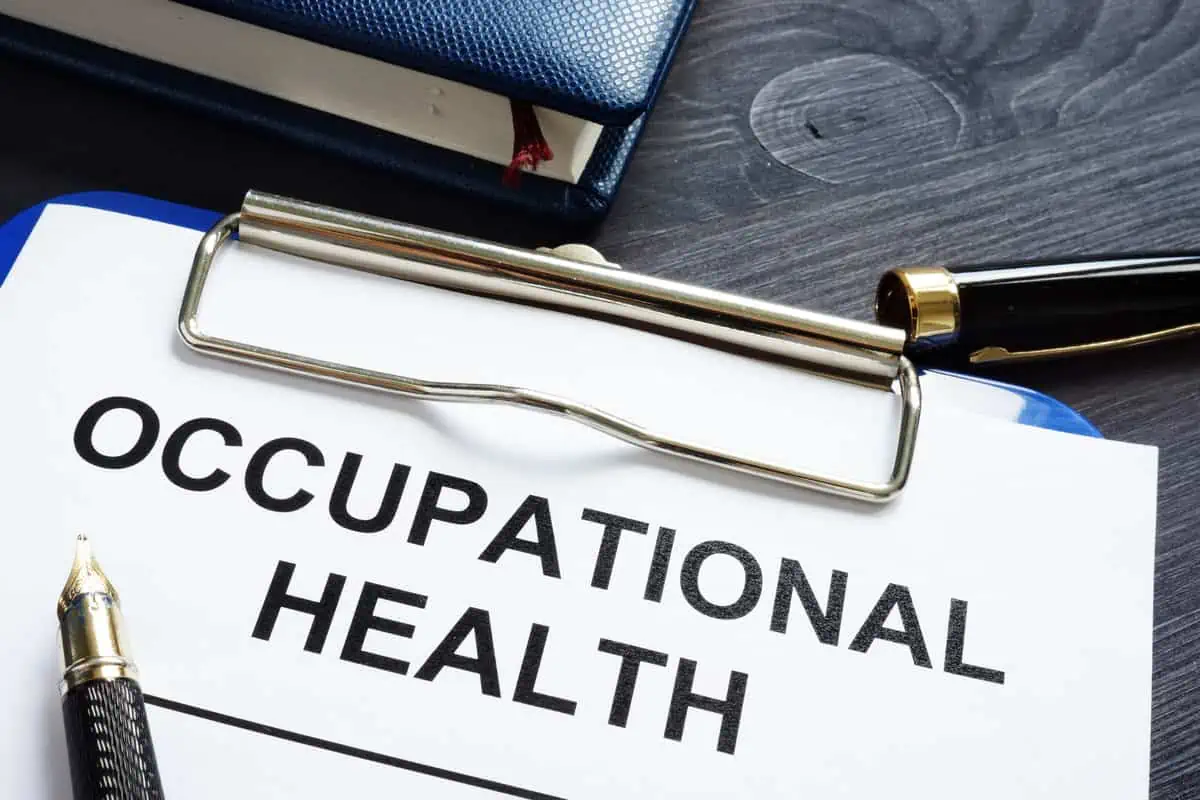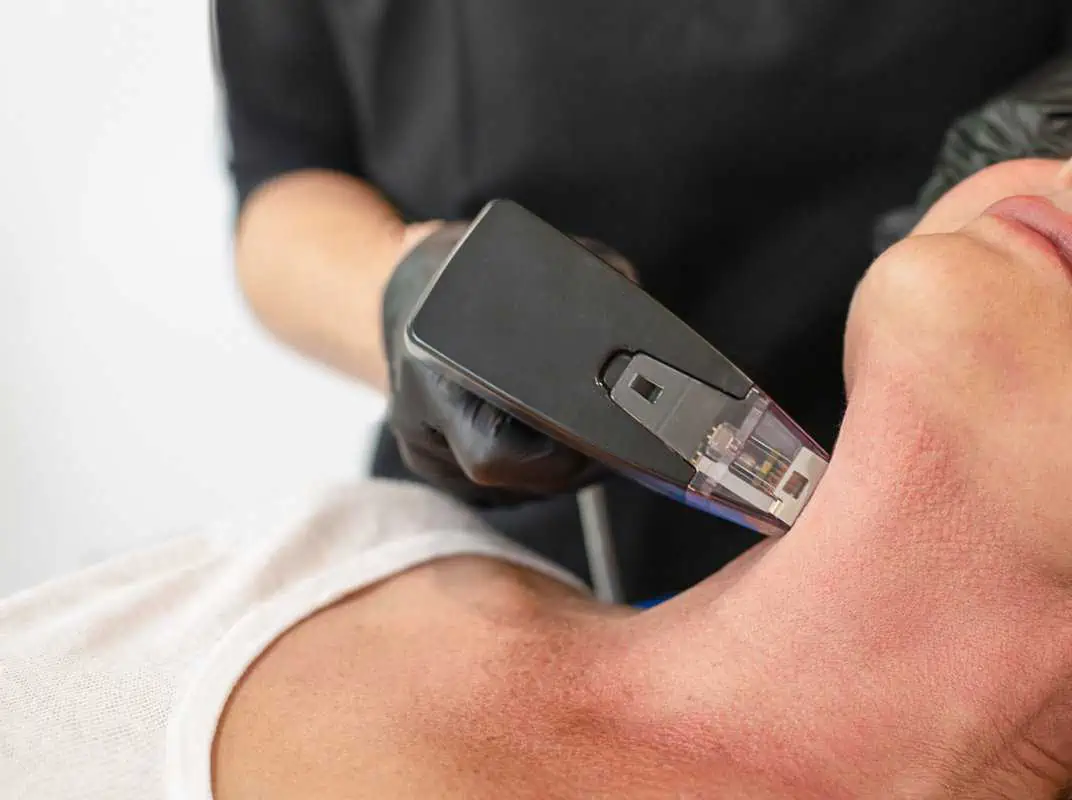Occupational health and safety: it’s a term we often hear, but what does it truly mean? It’s about protecting the well-being of employees in the workplace. Think about it – a safe work environment isn’t just a legal requirement; it’s a fundamental part of a productive and positive workplace. This isn’t just about avoiding accidents; it’s about creating a space where employees can thrive without risk to their physical or mental health.
Now, consider the ripple effect. When employees are safe and healthy, the quality of their work improves. This, in turn, benefits the clients or patients they serve. It’s a win-win situation. Partnering with a health and wellness clinic like Resurgence Wellness isn’t just a smart move; it’s an investment in the heart of your business – your people.
Understanding Occupational Health and Safety
Occupational health and safety (OHS) sums up to upholding people’s workplace safety. It’s a straightforward concept but with layers of complexity. OHS is the practice of ensuring that the work conditions are safe and healthy for all employees. This isn’t just about preventing accidents – it’s about creating a work culture where safety is a priority.
So, what does this really involve? Firstly, it’s about physical safety. This means making sure that the workplace is free from hazards that could cause injury, like faulty equipment or unsafe work practices. But it’s not just about physical risks. Occupational health and safety also covers mental health. We’re talking about protecting employees from stress, burnout, and other mental health concerns that can be just as harmful as physical injuries.
Another key aspect is the environment. This includes everything from air quality to ergonomics. The objective is to construct a workplace where employees can do their best work without risking their health.
Legally, there’s a lot to consider too. Businesses must observe laws and regulations to guarantee they’re providing a safe work environment. But it’s more than just ticking boxes for legal compliance – it’s about genuinely caring for the well-being of employees.
Employers play a big role here. They must assess risks, put safety measures in place, and keep everyone informed and trained. Things like safety training programs, emergency procedures, and health and safety policies come in here. It’s all about being proactive rather than reactive.
Partnering with Health and Wellness Clinics
What does this partnership look like? It means bringing in experts who specialize in health and wellness. These clinics offer a range of services that can benefit your employees. From regular health check-ups to specific wellness programs, they cover a lot. These services help in early identification of health issues, which can prevent long-term problems and absenteeism.
But it’s not just about physical health. These clinics often provide mental health resources, which is a crucial part of overall well-being. They can offer stress management workshops, counseling services, and more. This holistic process to health can lead to happier, more engaged employees.
Another key aspect is the customization of services. Health and wellness clinics can tailor their offerings to suit the specific needs of your business and employees. Whether it’s ergonomic assessments, nutrition advice, or exercise programs, they adapt to what’s most relevant for your workplace.
Why is this partnership beneficial? For starters, it shows employees that their health and well-being are valued. This can boost morale and loyalty. Secondly, healthier employees are generally more productive and take fewer sick days, benefiting the business’s bottom line.
Implementing Effective Health and Safety Practices
When it comes to implementing effective health and safety practices in the workplace, a structured approach can make all the difference.
- Risk Assessment: Begin by thoroughly assessing the workplace to identify potential health and safety risks. This could include anything from hazardous materials to ergonomic issues in office setups.
- Customized Safety Solutions: Develop solutions tailored to the specific risks identified. This might involve updating equipment, modifying work processes, or making physical changes to the workspace.
- Team member Training and Education: Regularly train employees on safety protocols and practices. Ensure that this training is ongoing and includes updates on any new risks or procedures.
- Clear Communication: Maintain open and clear communication about safety policies and procedures. Use various channels like meetings, emails, and signage to keep everyone informed.
- Safety Policy and Documentation: Create a comprehensive safety policy that is easily accessible to all employees. Document all safety procedures and ensure they are up to date.
- Monitoring and Enforcement: Regularly monitor the workplace to ensure compliance with safety procedures. Enforce rules consistently to maintain a high standard of safety.
- Feedback and Improvement: Encourage team members’ feedback on safety practices and make improvements based on this feedback. Be open to revising and updating safety protocols as needed.
- Safety Culture: Foster a workplace culture where safety is a priority. Lead by example and recognize safe practices to encourage a proactive approach to health and safety.
- Emergency Preparedness: Have clear and practiced procedures in place for dealing with emergencies. Regular drills and training on emergency response should be a part of the safety program.
- Review and Update: Regularly review and update safety practices to reflect new risks, changes in regulations, or advancements in safety technology and knowledge.
The Impact on Clients and Patients
Effective health and safety practices in a workplace extend their benefits beyond the employees; they also significantly impact clients and patients. When a business prioritizes safety, it builds trust. Clients and patients feel more secure knowing they’re dealing with a company that cares about well-being. This trust can lead to stronger, more loyal relationships. Additionally, employees are more likely to be engaged and efficient when they are healthy and work in a safe environment. This heightened engagement often translates into better service quality, benefiting clients and patients directly.
Takeaway
Consider taking proactive steps towards a healthier, safer workplace. Connect with Resurgence Wellness today! Our dedicated team specializes in comprehensive health and wellness services solutions tailored for your business. By partnering with us, you’re not just ensuring compliance with health and safety standards; you’re investing in the well-being and productivity of your team. This commitment to safety can redefine your workplace, enhancing both team member satisfaction and client trust. Don’t wait for health and safety concerns to arise. Take charge now. Contact Resurgence Wellness to start building a safer, healthier workplace for everyone.






